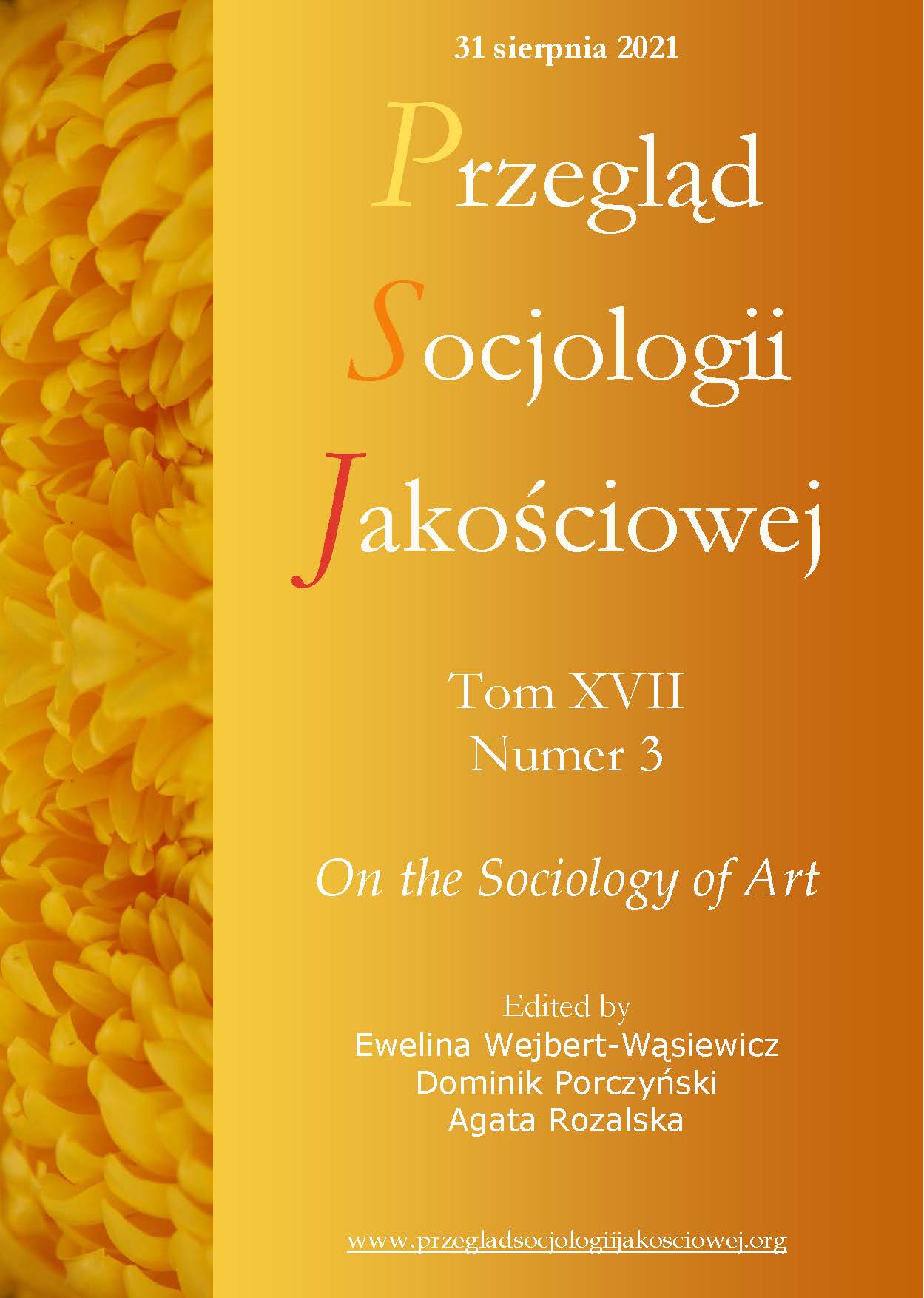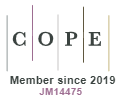Two Paradigms – Two Art Worlds: On Constructing the Difference as a Strategy for Validating the Concept of the Artist and Art
DOI:
https://doi.org/10.18778/1733-8069.17.3.06Keywords:
modern paradigm, contemporary paradigm, constructing the difference, art world, visual artsAbstract
The subject of the article is two art worlds in the field of visual arts which currently exist side by side in Poland. These worlds operate as part of two different paradigms of art, which is why two different definitions of the art and artist apply to them, and, in consequence, also different models of operation. What is important in the case of both communities is the process of constructing the difference and separating out their own communities of meanings, being a strategy to lend credence to their own concept of the art and artist, as well as their position in the art world. The aim of the article is to describe the process of constructing internal boundaries in the Polish art world and its division into two separate worlds, what means have been used in that process, as well as what are the consequences of belonging to the two separate art worlds for their participants.
Downloads
References
Banasiak, Jakub, ed. 2009. Raster. Macie swoich krytyków. Antologia tekstów. Warsaw: 40000 Malarzy.
Google Scholar
Becker, Howard. 2008. Art Worlds. Berkeley: University of California Press.
Google Scholar
Bernatowicz, Piotr. 2019. Sztuka współczesna nie musi być wcale lewicowa. Retrieved February 20, 2021 https://dorzeczy.pl/kraj/118987/sztuka-wspolczesna-nie-musi-byc-wcale-lewicowa.html
Google Scholar
Charmaz, Kathy. 2006. Constructing Grounded Theory. A Practical Guide Through Qualitative Analysis. London, Thousand Oaks, New Delhi: SAGE Publications.
Google Scholar
Cohen, Anthony. 2001. Symbolic Construction of Community Key Ideas. London, New York: Department of Social Anthropology University of Manchester.
Google Scholar
Dziamski, Grzegorz. 2010. Przełom konceptualny. Poznan: Wydawnictwo Naukowe UAM.
Google Scholar
Glaser, Barney G. and Anselm L. Strauss. 2009. Odkrywanie teorii ugruntowanej. Cracow: Zakład Wydawniczy Nomos.
Google Scholar
Gorczyca, Łukasz and Michał Kaczyński. 2009. “Słowniczek artystyczny Rastra.” Pp. 21-55 in Raster. Macie swoich krytyków. Antologia tekstów, edited by J. Banasiak. Warsaw: 40000 Malarzy.
Google Scholar
Heinich, Nathalie. 2014. Le paradigme de l’art contemporain. Structure d’une révolution artistique. Paris: Éditions Gallimard.
Google Scholar
Heinich, Nathalie. 2019. Sztuka jako wyzwanie dla socjologii. Gdansk: Słowo/ Obraz/ Terytoria.
Google Scholar
Konecki, Krzysztof T. 2000. Studia z metodologii badań jakościowych. Teoria ugruntowana. Warsaw: Wydawnictwo Naukowe PWN.
Google Scholar
Luhmann, Niklas. 2016. Pisma o literaturze i sztuce. Warsaw: Wydawnictwo Naukowe SCHOLAR.
Google Scholar
Piotrowski, Piotr. 1999. Znaczenia modernizmu. Poznan: Rebis.
Google Scholar
Rabizo-Birek, Magdalena, ed. 2011-2013. Sztuka Podkarpacia, vol. 1, vol. 2, vol. 3. Rzeszow: Podkarpackie Towarzystwo Zachęty Sztuk Pięknych.
Google Scholar
Stake, Robert. 1994. “Case Studies.” Pp. 236-247 in Handbook of Qualitative Research, edited by N. Denzin and Y. Lincoln. Thousand Oaks, London, New Delhi: Sage.
Google Scholar
Downloads
Published
How to Cite
Issue
Section
License

This work is licensed under a Creative Commons Attribution-NonCommercial-NoDerivatives 4.0 International License.














